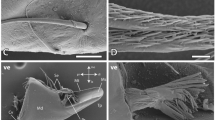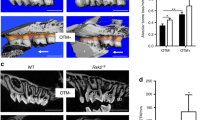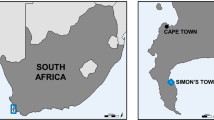Abstract
IN September 1942, during a brief period of leave from my war-time duties, I was able to revisit the Miocene fossil beds on Rusinga Island in the entrance to the Kavirondo Gulf of Lake Victoria. During my stay on the island, I had the good fortune to discover a nearly complete anthropoid mandible in situ. This was removed in its matrix to the Coryndon Museum, Nairobi, and there developed.
This is a preview of subscription content, access via your institution
Access options
Subscribe to this journal
Receive 51 print issues and online access
$199.00 per year
only $3.90 per issue
Buy this article
- Purchase on SpringerLink
- Instant access to full article PDF
Prices may be subject to local taxes which are calculated during checkout
Similar content being viewed by others
References
E. African Nat. Hist. Soc., Nairobi, Kenya (in the press).
Author information
Authors and Affiliations
Rights and permissions
About this article
Cite this article
LEAKEY, L. A MIOCENE ANTHROPOID MANDIBLE FROM RUSINGA, KENYA. Nature 152, 319–320 (1943). https://doi.org/10.1038/152319a0
Issue date:
DOI: https://doi.org/10.1038/152319a0
This article is cited by
-
African Fossil Primates Discovered During 1947 *
Nature (1948)



